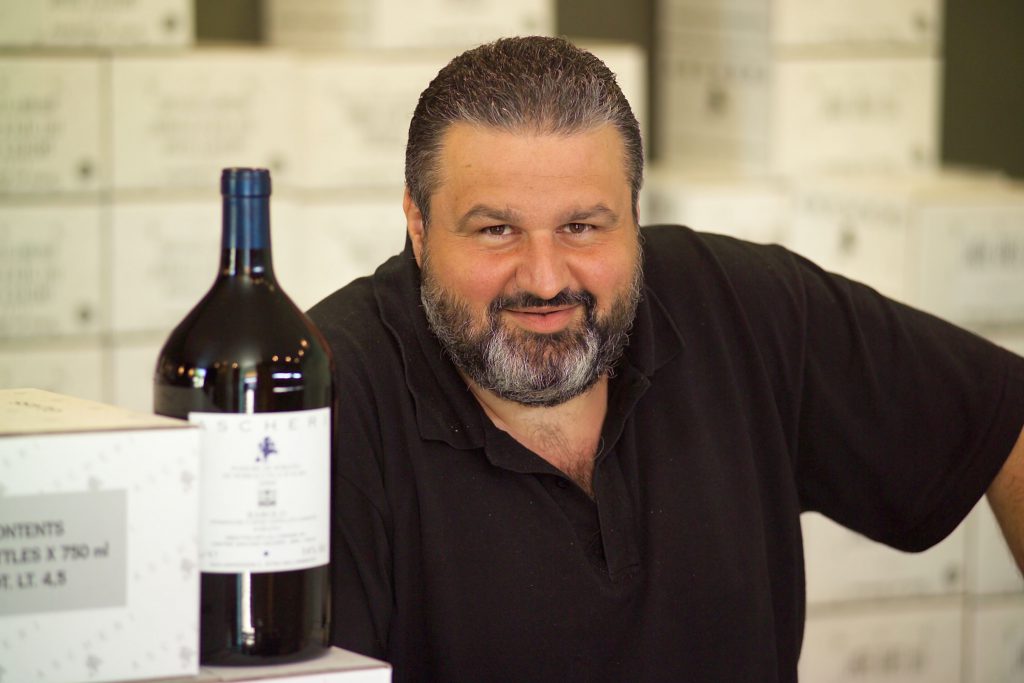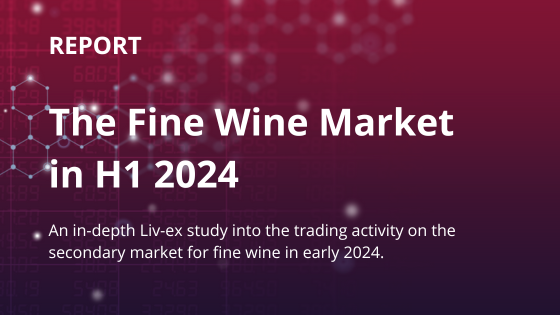
Matteo Ascheri is a Piedmontese winemaker and a president of the Barolo, Barbaresco, Alba, Langhe and Dogliani consortium, which has more than 500 wine grower members and represents 10,000 hectares of vineyards. For over seventy years, the association has promoted many of the technical and economic aspects of wine production in the Langa and Roero regions. In light of Italy’s development on the secondary market, Liv-ex spoke to Ascheri about the appeal of Italian wines and the challenges and opportunities that lie ahead for the country’s producers and merchants.
We recently published a report on Italy, outlining some of the reasons behind its more recent success on the secondary market. In your opinion, what makes Italy an attractive option for fine wine buyers?
Its indigenous grape varietals, the high number of small family businesses (so small production), as well as its cultural and local background. Put simply, unique wines that are difficult to reproduce elsewhere.
Apart from Tuscany and Piedmont, which Italian region do you think is set to see the fastest growth in the future, and why?
Trentino Alto Adige and Friuli (Collio). These are small areas with great producers completely out of the mainstream.
Do you think Barolo and Barbaresco will ever match Burgundy and Bordeaux for secondary market prices? If so, how would you feel about that?
We are working towards this. It is a matter of time and we hope to be successful.
What do you think are the opportunities and threats for Italian wine? Specifically, what would be the potential effect of US tariffs and how would you deal with these if they are applied?
The problem is much more general. Scenarios are changing in hectic ways. Tariffs (at least for the moment, we are out of this threat), Brexit and coronavirus are examples of how difficult it is to act without certainty. The major issue is exactly this: uncertainty. Even if, at the end, the wines represent something solid and traditional, which can be reassuring. But sometimes this is not enough.
Which Italian grape variety are you most excited about?
Nebbiolo, for sure, but as a Barolo producer this is quite normal. Being Piemontese, I can’t forget Dolcetto, which sooner or later will have its deserved place on the market.
Who do you think is the most trusted wine critic by growers and merchants reviewing the Italian market?
Wine Spectator’s Bruce Sanderson and the Wine Advocate’s Monica Larner are the two most respected critics by both growers and merchants.
What are the main ambitions of the Consortium?
We are involved in different tasks, which pose different challenges and present different opportunities:
– managing the denominations in the best way
– promoting the denominations, much like brands, in the best way possible. Events like Grandi Langhe and BBWO 2020 are examples of what we are doing
– working to reduce the environmental impact of our farming
– working for a more ethical approach in vineyard management
You are at the helm of the Ascheri winery in Bra which was first founded in 1880. How has the style of your wines changed in the last twenty years?
The style that we have today is an evolution of the style we had twenty years ago. Our choices have always been made with respect to our personal ideas so the style follows these ideas, which also evolve. Without any compromise to comply with the market, to follow critic ratings or to copy models of success. My idea today is to produce wines with elegance and finesse, natural concentration and natural balance.
What role do technology and sustainable practices play in your wine production?
Technology plays a big role in the vineyards as it helps us become more sustainable. In the cellar too, though we do not intervene too much with the wine. However, it helps us preserve what has been produced in the vineyards.
Does the wine industry need innovation? How could it be improved?
In my opinion, the wine industry needs innovation predominantly in the vineyard to help us reduce our impact, and less in the winery.
How do you think the wine industry will change in the next 20 years?
Traditional areas will become more and more important compared to new areas of production. Great quality is necessary but it will not be enough. The most important thing will be to be recognisable. You can only achieve this with a clear expression of the origin, the grape varietal and the personal style. These expressions are much clearer in traditional areas.
From your perspective, what is your view on the role of Liv-ex with respect to the wine market?
Liv-ex will be more and more important as the value of certain wines is destined to grow. To have a guide and to share information in this field will be vital.





